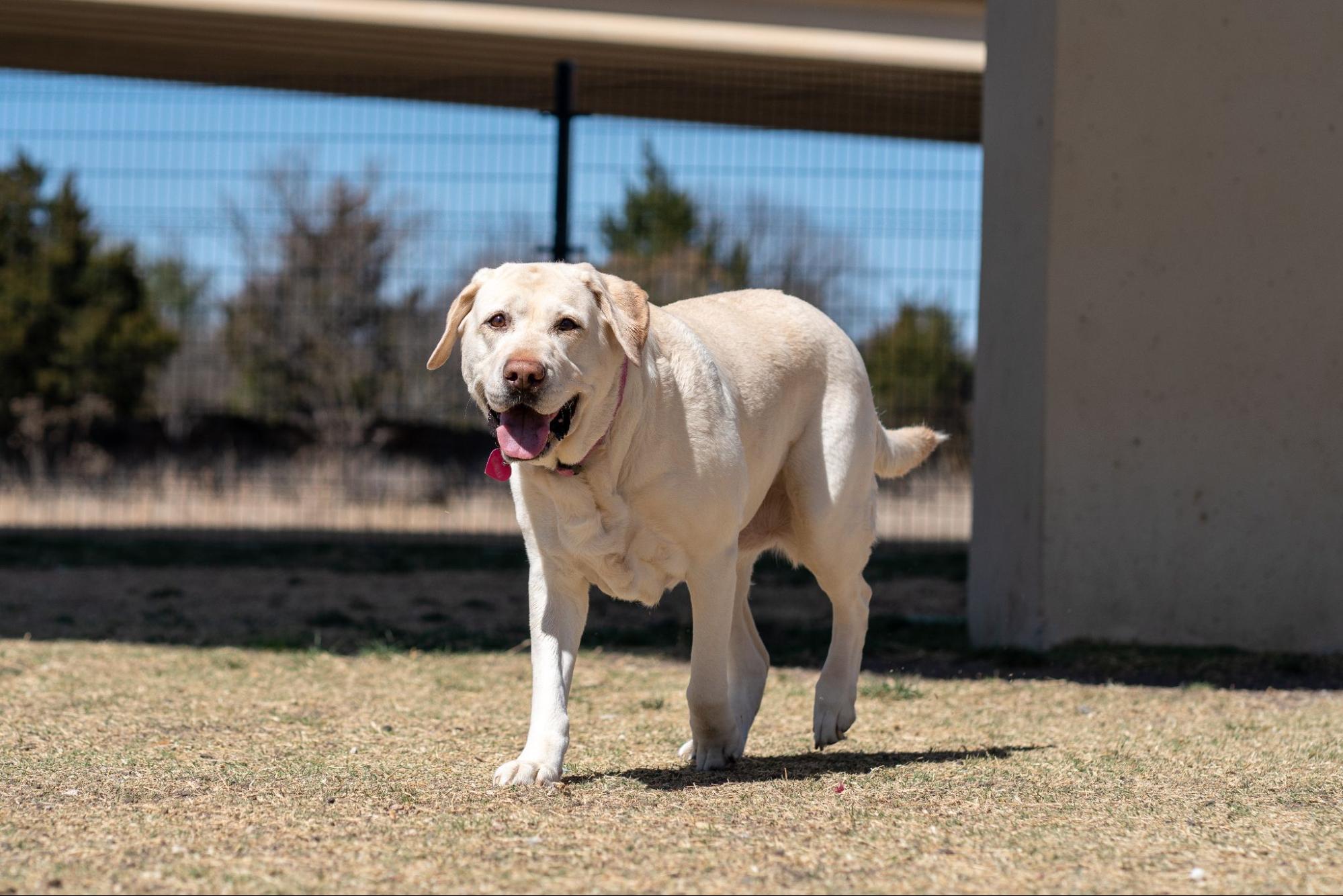How to Be a Dog Whisperer
Are you looking to become a dog whisperer, particularly with Labrador Retrievers? Well, you’re in the right place! In this article, I’ll share some valuable tips and techniques on how to be a dog whisperer and develop a strong bond with your furry friend. Labrador Retrievers are known for their intelligence, loyalty, and friendly nature, making them great companions. By understanding their behaviour and communication cues, you can become a skilled dog whisperer.
To start your journey as a dog whisperer, it’s essential to establish yourself as the leader of the pack. Dogs, including Labradors, thrive in structured environments where they feel secure and follow clear rules. Consistency is key when it comes to training and establishing boundaries. By setting firm but fair guidelines for your Labrador and consistently reinforcing them with positive reinforcement techniques like treats or praise, you’ll earn their respect and trust.
Another important aspect of being a successful dog whisperer is learning to communicate effectively with your Labrador Retriever. Dogs primarily use body language to express themselves. Pay attention to their posture, tail wagging patterns, ear positioning, and eye contact. These subtle cues can provide insights into their emotions and intentions. Additionally, using calm yet assertive vocal commands will help convey your expectations clearly.
By incorporating these strategies into your interactions with Labradors or any other breed of dogs that you wish to connect with on a deeper level; you’ll be well on your way to becoming an effective dog whisperer.

Understanding Canine Behavior
As a dog lover and aspiring dog whisperer, understanding canine behaviour is key to forming a deep and meaningful connection with our furry friends. Dogs, including the popular Labrador breed, have their own unique ways of communicating and expressing themselves. In this section, I’ll delve into the fascinating world of canine behaviour to help you become a skilled dog whisperer.
Instincts and Pack Mentality
To truly understand dogs, we need to acknowledge their inherent instincts and pack mentality. Dogs are descendants of wolves, which were highly social animals living in packs. This pack mentality still influences their behaviour today. As a dog whisperer, it’s important to recognize that dogs are inherently social creatures that thrive on companionship and structure.
Body Language
Dogs communicate primarily through body language. By observing their posture, facial expressions, tail wagging or position, ear positioning, and vocalisations, we can gain valuable insights into their emotions and intentions. For example:
- A relaxed body posture with a loose wagging tail indicates happiness.
- Raised hackles along the back may signal fear or aggression.
- Ears pulled back against the head often indicate submission or unease.
By paying close attention to these subtle cues, we can better understand what our canine companions are trying to convey.
Socialization and Training
Proper socialisation from an early age is crucial for dogs’ development. Introducing them to various people, animals, environments, and experiences helps them become well-adjusted adults. Positive reinforcement-based training methods promote good behaviour while strengthening the bond between humans and dogs.
Meeting Their Needs
Dogs have specific needs that must be met for them to thrive both physically and mentally. Regular exercise such as walks or playtime helps burn off excess energy while providing mental stimulation. Providing a balanced diet tailored to their breed’s requirements keeps them healthy from the inside out.
Additionally, creating a safe and comfortable environment with a cosy bed, toys, and appropriate chew items helps prevent destructive behaviour. Remember, a happy and fulfilled dog is more likely to exhibit good behaviour.
Patience and Empathy
Becoming a dog whisperer requires patience and empathy. Each dog is unique, with their own personality traits and quirks. Taking the time to understand their individual needs, fears, and motivations allows us to build trust and create a harmonious relationship.
In conclusion, understanding canine behaviour is fundamental to becoming an effective dog whisperer. By recognizing their instincts, interpreting body language, providing proper socialisation and training, meeting their needs, and approaching them with patience and empathy, we can truly connect with our dogs on a deeper level. So go ahead, embrace your inner dog whisperer!